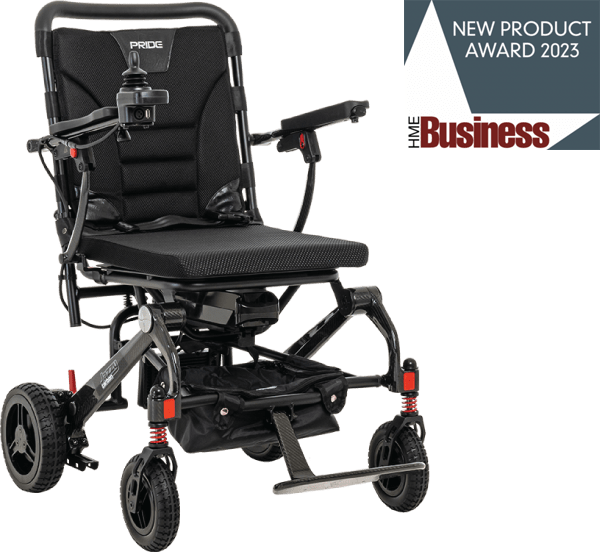The decision to transition to using a mobility aid, such as a cane, walker, or wheelchair, can be a significant life change. Whether due to aging, injury, or a chronic condition, this transition often brings both physical and emotional adjustments. Understanding how to cope with these changes can make the process smoother and more empowering.
Understanding the Need for Mobility Aids
Mobility aids are designed to enhance independence and improve the quality of life for individuals facing mobility challenges. They can help prevent falls, reduce pain, and increase the ability to perform daily activities. Recognizing the need for a mobility aid is the first step towards embracing this change. Discover the freedom of movement with Travel Power Wheelchairs – your perfect companion for seamless transitions and new adventures.
Common Types of Mobility Aids
Canes
Provide support and balance for those with minor mobility issues.
Walkers
Offer more stability than canes and are suitable for those with moderate mobility challenges.
Wheelchairs
Essential for individuals with severe mobility impairments.
Scooters
Provide mobility for those who can’t walk long distances but can still stand and transfer.
Emotional Adjustments
Transitioning to a mobility aid can evoke a range of emotions, from relief to frustration. It’s important to acknowledge these feelings and seek support when needed.
Coping with Emotional Changes
- Acceptance: Accepting the need for a mobility aid is crucial. It’s not a sign of weakness but a tool for maintaining independence.
- Support Systems: Lean on family, friends, and support groups. Sharing experiences can provide comfort and practical advice.
- Professional Help: Consider speaking with a therapist to navigate the emotional aspects of this transition.
Physical Adjustments
Using a mobility aid requires physical adjustments and sometimes a period of learning and adaptation.
Tips for Physical Adjustment
- Proper Fit: Ensure the mobility aid is properly fitted to your body. An incorrectly sized aid can cause discomfort or injury.
- Training: Work with a physical therapist to learn how to use the aid correctly and safely.
- Exercise: Engage in exercises that strengthen muscles and improve balance, tailored to your abilities and needs.
Practical Considerations
Adapting your living environment and daily routines can make the transition smoother.
Home Modifications
- Accessibility: Modify your home to accommodate your mobility aid. This might include installing ramps, widening doorways, or rearranging furniture.
- Safety: Remove tripping hazards and ensure that frequently used items are within easy reach.
Daily Routines
- Planning: Plan your day to include rest periods and avoid overexertion.
- Assistance: Don’t hesitate to ask for help with tasks that are challenging or unsafe to do alone.
Conclusion
Transitioning to a mobility aid is a significant change, but with the right mindset, support, and adjustments, it can lead to a more independent and fulfilling life. Embrace the journey, seek help when needed, and remember that using a mobility aid is a step towards maintaining your autonomy and well-being.
FAQs
1. How do I know which mobility aid is right for me?
Consult with a healthcare professional, such as a physical therapist or occupational therapist, who can assess your needs and recommend the most suitable mobility aid.
2. Will using a mobility aid make me more dependent?
No, using a mobility aid can actually increase your independence by allowing you to perform activities safely and confidently.
3. How can I make my home more accessible?
Consider installing ramps, grab bars, and stairlifts. Rearrange furniture to create clear pathways and ensure that essential items are within easy reach.
4. What should I do if I feel embarrassed about using a mobility aid?
Remember that a mobility aid is a tool to enhance your quality of life. Seek support from friends, family, or support groups to help you cope with these feelings.
5. Can I travel with a mobility aid?
Yes, many mobility aids are designed to be portable. Check with airlines and transportation services for their policies and accommodations for mobility aids.


